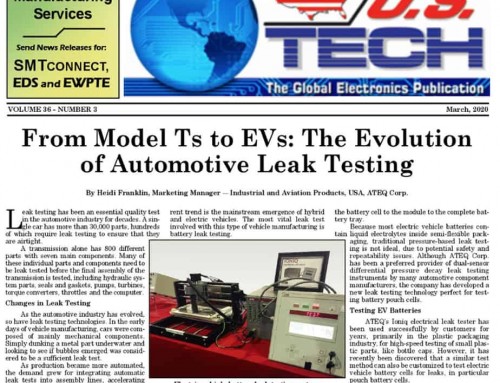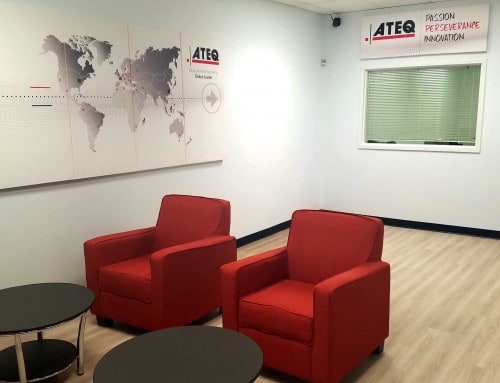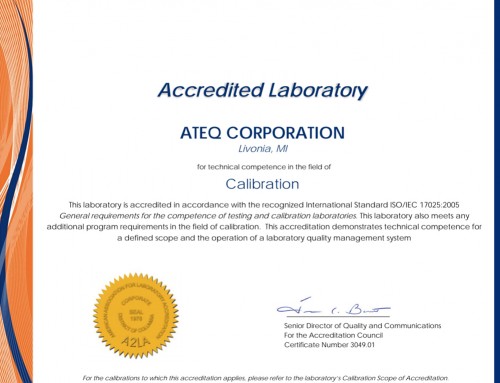There are several steps to evaluate before selecting a leak testing instrument. When a Quality Engineer is tasked with determining a new component’s specifications, production process, and testing procedures, he or she should first consider the costs and benefits of leak testing to determine if it is necessary for the test part.
If the part is a disposable plastic straw, it may not be worth taking the time and money to test for a crack in each drinking straw. If a consumer gets a broken straw from a package, they’ll probably just throw it away and get a new usable straw without batting an eye. The only consequences being a slight inconvenience and minor customer dissatisfaction. However, if a company is manufacturing a medical pacemaker device, the consequences of a device that is not properly leak tested could be lethal.
If leak testing is determined to be necessary for your manufactured component, the next step is to identify the potential leak paths. Common areas can include welds, seals, microcracks, and pinholes. Most leaks are so small they are not visible to the human eye, which is why precise, data-rich testing results are necessary.
After potential leak paths are identified, engineers establish a leak rate reject limit for the application based on theoretical calculations, industry specifications, and comparisons to specs of similar existing applications. One of the most common methods used to establish a reject level is to measure leak rates on customer returned products.
Next, the manufacturing engineer can work with a leak testing engineer to determine the most appropriate leak testing method for the application, whether that be differential pressure decay, tracer gas, or sealed component ingress leak testing. Based on the company’s budget, application specs, determined testing method and production integration requests, the manufacturer can select the most suitable leak testing instrument to fit their needs.
Many times, the manufacturer will want the leak testers integrated into their production line. If this is the case, once a leak tester is selected, a leak testing engineer will work closely with the customer and a machine builder to design personalized fixtures to meet the customer’s testing requirements.






